We had just made a difficult carry and slept at camp three on Broad Peak at over 23,000 feet and were safely back at base camp sipping coffee and eating biscuits talking about the effort. It was July 1997 in the Karakorum, and the conversation waned to a regretful discussion; “why in the hell did we not bring skis?” Smooth steep snow slopes and a successful taste of extreme altitude made us second-guess our decision to leave the ski gear behind with Broad being our first 8,000-meter peak conquest. Ed Viesturs had piggybacked on our permit, and he’d heard enough. In a huff, he looked at us and said, “With your ski experience, you guys need to pick an 8,000 meter peak, and go skiing. But for now, I can’t take the whining discussion of this…” He walked out and we started laughing. He was right! Then and there, Broad Peak became training. We set our sights on Shishapangma in Tibet, the 14th highest mountain in the world at 8,027 meters/26,335 feet, and vowed never to plan another trip without skis.
Back at home, we eagerly started planning the Shish trip. Steve took the role of trip leader, made all the contacts to get a permit, and I started to figure out how we could generate sponsorships to cover the $9,000 per person cost. We realized we would have to come out of pocket for at least half, and the rest……we had no clue. I had accumulated airline miles to get us to Nepal, but by the time the bill was due for the initial payment required by our liaison in Katmandu, we were still short $12,000. Where there is a will there is a way…
We had befriended a few Kazakhstan climbers the season before while on an expedition to Pik Lenina in Kyrgyzstan, so we reached out to them to see if they had any interest. They did, but they were the younger generation of the Almaty Climbing Club, and all funding was reserved for their elite climbers like Anatoli Boukreev. They were broke. That gave us an idea. We envisioned using our poor Kazak climbers with unbounding talent and no money as a means to approach wealthy mountaineering enthusiasts to help raise not only what we needed, but what we would need to get these guys to Shishapangma in an international effort. Out of the blue, a producer at a national film production company caught wind of our effort and gave us a call. In the fall climbing season of 2000, a group of talented Americans had made headline news in mountaineering with the tragic deaths of two of their members who were killed in a massive serac avalanche attempting to climb and ski the more difficult south side of Shishapangma. The producer was looking for a film for a series he was working on, and thought the media exposure of this tragedy might make our project worth pursuing. He also loved the idea of a joint American / Kazakhstan expedition to the same peak, and we hatched a deal where he would send a film crew with us and cover the cost of what we needed to make the expedition happen. We were not excited about his motivation outside of being able to bring the Kazaks, but it was our only option.
We spent the winter climbing and skiing as much as we could. This was at the advent of the Internet, and there was really no way to research 8,000 meter peak skiing yet, and although we had been planning the expedition for over a year, the realization that no one from north America had skied from above 8,000 meters became evident through the information we gathered from the only attempt, the tragedy that previous fall. This revelation and the magnitude of what we were attempting was a source of unnerving…fear. This was serious business with only a dozen attempts at skiing from 8k, none with names less than the greatest alpinists to clamp on crampons. Names like Kukucza, Kammerlander, Afanassieff, Saudan, Tardivel, and Karnicar, were on the list; all total legends. We concluded it was a long shot at best. We would simply go and see for ourselves if it was even possible. So we prepared and trained like never before. People told us we were delusional, crazy, reckless, and even stupid. One experienced mountaineer was signed up to join us, but with our insistence on taking the skis, he bowed out for another 8,000 meter peak, not hesitating to let me know that what we were attempting was “well beyond your experience and ability. You guys are being arrogant fools….” So we kept the project hush to limit the backlash of negative comments to the handful of people that knew what we were attempting.
In 2000, the craze in AT ski gear was not even a distant proposition for the ski industry, and with the exception of the first generation of AT boots and bindings, skis were basically lighter-than-normal narrow intermediate skis with top skins and simple graphics “Rondenee”, complete with the quintessential hole drilled into the tips. The term Alpine Tour was not even coined. A company in Europe had developed a tour binding called Fritschi and the DIN rating was not even invented. They could be twisted off with a swift kick in midair. Pre releasing was almost expected! Scarpa had engineered climbing boots to resemble ski boots and were made from soft rubber-like plastic that allowed for moderately decent climbing, and skiing that was better than the alternative- modified climbing boots with straps and plastic to accommodate skiing. The gear was better than anything to date, but it was heavy, and the main question was could it be used to ski steep hard snow? Not considering skiing boiler plate at altitude, the gear left question marks in our minds, and we literally justified the project based on our ability to ski big bumps down the Ridge of Bell on Aspen Mountain. We reasoned if we could do that, we’d be ok. Point being, in 2000, gear was a massive concern and not even considering Shishapangma, I often wonder today how we didn’t kill ourselves just skiing some of the stuff we did “testing” gear and climbing and skiing on trips in general to that point. The weight alone was an issue even for climbing and skiing 14ers in Colorado. It took all you were worth to carry skis up local peaks, with no discussion of the line you skied. Skiing anything was noteworthy back then. Hauling that gear up an 8,000 meter peak was one of the most ridiculous things imaginable.
By the end of April, we were ready! We used my father’s van to haul all our gear to the local airport, and the excitement of what we were up to was enough for the local bag handlers to load the gear without a single extra baggage charge. They checked the gear all the way to KTM International airport in Katmandu, and we boarded the plane. We checked into the airport at LAX bound for Nepal, and again, hyped the expedition to the ticket agent who without even a slight hesitation bumped us up to business class for the 15 hour flight. Try that today and you will get laughed out of the airport.
We met the film crew in Katmandu and were introduced to Aspenite Cherie Silvera whom we all immediately loved. Pat Marrow, the first Canadian to summit Everest, was the lead photographer with a film resume that was remarkable. We settled into the hotel to wait for our Kazakh buddies who were driving from Almaty to Nepal as we didn’t have the funds to fly them. They arrived a couple days and two flat tires later, and we bussed our way over the Himalaya into China / Tibet with acclimation stays at Zhangmu on the boarder, and the next day at 12,000 feet in Nyalam. We spent a couple days climbing local peaks, and then set off to base camp at the base of Shishapangma on the Tibetan Plateau.
Shishapangma is the only 8,000 meter peak that sits entirely in Tibet. The view of the peak from base camp is spectacular! On a clear day, the golden plateau meets the white Jugal Himal region of the Himalaya which touches hard blue sky. We did acclimation hikes on hills nearby, and the view of the North East Ridge was humbling. We knew that there was fifth class climbing and the thought of the climbing let alone hauling the skis was enough to make us question the goal. Steve, however, was a source of great confidence. “I am going to stand on skis up there or I won’t stand on top at all….”
After a couple days at base camp, yaks were wrangled and loaded, and we started the day hike to advance base camp. The walking was easy, the views spectacular, and in a slow meander with Walkmans blaring rock and roll, we headed out. ABC was at 18,000 feet and our heads were spinning from altitude. We spent the next several days just hanging out, acclimating, getting ready. The plateau back to base camp didn’t offer a lot of relief, and we realized that we had to be fully acclimated at ABC to proceed knowing that if someone got altitude edema, we were a day trek back to BC which only decreased altitude a couple thousand feet. Then any substantial decrease in altitude would include a jeep ride back up over an 18,000-foot pass, a day’s drive away before any substantial altitude could be a descended. It was an often overlooked aspect to climbing Shishapangma that we respected.
When everyone was feeling good, we hiked to a pilot camp a few hours up the glacier at the foot of Shishapangma. This involved rough moraine walking and with no Sherpa support. Our initial loads were massive. After a couple hauls, we rested a day and then geared up to haul to camp 1 in a single push.
From pilot camp to camp 1 at about 20,000 feet started with a ski tour through rough glacier before we attained the lower slopes. Once on the lower slopes, we had to race under a massive serac fall that was far enough away to be safe, but close enough to make us nervous. Once on the steeper slopes, we zigged-zagged our way on skis up to camp. Just below camp, we had to negotiate a large crevasse field where we marked a route with wands.
At camp 1 a storm blew in. We struggled to set up in the snow and wind, but after a couple hours we managed to make it livable. The storm raged on so we waited things out. Other than the immediate storm, there were no signs of a major front and we guessed it was an afternoon squall blowing through. We passed the time napping and woke to perfectly calm blue skies, but the storm had left almost a foot of snow. We clicked into our skis, negotiated the crevasses, and our first experience skiing in the Himalaya was powder skiing on the perfectly smooth slopes back to pilot camp in the late afternoon sun. We headed back to ABC for much needed rest with the satisfaction of having our first camp in place, and excited with our first turns, in powder no less, behind us.
We woke up the next day to commotion outside our tents. A Taiwanese climber sat limp on a horse nearby, and I knew he was in trouble. Almost unconscious, he fell from the horse and we immediately rushed to help. His team had no altitude drugs or oxygen so we got our medical kit and Gamow bag from our cache. A Swedish team doctor immediately started working on the guy and another team provided oxygen. As we deployed our Gamow bag, a flexible pressure chamber that effectively lowers the air pressure for people suffering from altitude, the doctor injected the patient with various medications. Steve was taking the guys pulse and when he had it, he let the doctor know. We put the guy in the bag, pumped it up and held the pressure. There was initial relief in the guy’s face, but soon he lost color and closed his eyes. The doctor pulled the victim from the bag and he had no heartbeat. CPR was administered and Steve yelled, “I have a pulse!” Then he noted “no pulse.” This went on for a few minutes until we realized he was gone….
The mood at camp was morose. Death is part of the game in the Himalaya, but to have a guy die literally in your arms…..sobering to say the least. The reality of what we were doing, what we were attempting became as real as it gets. Post first-ski excitement was all but gone, and the question marks of what the hell we were there for were scrutinized and discussed. Mentally, this event was overwhelming. The quiet of camp was uncomfortable, but later in the day, we vowed to continue. Justification came in the normal dissection of all the mistakes that the Taiwanese had made, and there were many, and we fought the fear and tried to concentrate on what we came to do. We had an intense focus on doing everything right, and checked and double checked gear, the plan, and everything in an effort to not make any mistakes. This helped eliminate the tragedy mentally, and we put it out of our minds as best we could, almost getting pissed at a dead man for subjecting us to that. In retrospect, I think often of that guy, who he left behind, the pain and loss of it all, but at the time, we did what we had to in order to not let it happen to us, and to carry on.
In time, we gained the normal routine of life in the high mountains and slowly moved onward up the mountain. We established a high camp at just under 22,000 feet, stocked food and fuel, and slowly acclimated to the thin air. We were climbing pure style with no Sherpa, oxygen or drugs, or any fixed lines. We found old lines for steeper sections which we did use, but the lower slopes by and large were smooth, moderately steep, and our skis were not only a great tool, but the skiing was incredible. Our Kazak brothers were not skiers, and we were able to cover carries in half the time. Eventually this took its toll on them, and as we experienced summit fever, all but one of the Kazaks experienced actual fervors; with the exception of Maxut Zhumayev their youngest climber at 21, they were done. Maxut would climb behind us. His strength was a hint to who we were dealing with. Maxut would later go on to become the youngest climber ever to summit all of the fourteen highest peaks in the world and gain legendary status in the mountaineering community and in a country that produced some of the sport’s greatest alpinists, and join the ranks of the true elite. He maintained a happy disposition the entire climb despite post-holing in deep snow while we glided on skis.
Pat also succumbed to the illness going around and thus, our lead photographer was out. I had financed a lot of the expedition by selling photos from previous expeditions and he gave me a crash course in the use of shooting video. Cherie and I would become the photogs on summit day. I was not excited about the prospects of having to haul all my ski gear and now the added weight of a video camera and batteries, but in retrospect, my film career was born; I have not shot anything other than video since….
After establishing the route, we rested for about 5 days at ABC in an effort to be as ready as possible. We had opted to not use the normal high camp used by teams at about 24,000 feet, reasoning that without Sherpa support, we didn’t have the power to haul an entire camp to that altitude and then also climb the peak. Also, the thought of having to haul an additional camp off after the effort was too much. Point being, we had to be rested because our summit day from high camp would include a push to over 26,000 feet and nearly 5,000 feet of climbing. With only one trip to that altitude in our past and realizing it was beyond the normal window of how those peaks were climbed, it was daunting.
After resting, we set off with no loads to camp 1. We climbed in silence preserving strength with a reasonable pace. The day was beautiful, clear, calm and warm. The next day we ascended to high camp. The sky was filled with wispy clouds and we feared that a storm was coming in. We arrived at high camp and the sky was grey. We brewed up, and crawled into our sleeping bags at about 3pm. The plan was to wake up at midnight and get on the trail as quickly as possible.
At midnight, Steve poked his head out of the tent and woke us up with excitement in his voice. “Boys, we have a perfect night! We are going to bag an 8,000 meter peak!” We roused ourselves, got into our climbing suits, brewed up and hit the trail with a full moon and calm sky.
We skinned to the northeast ridge headwall and the route became steep. We put on our crampons and strapped our skis to our packs. The terrain now was steep and more technical. We traversed steep snow slopes to a col which was the start of the ridge. There we stopped for a brief drink, and as I filmed the team, noted, “It’s about 4am, and we are at about 24,000 feet…”
The route up the ridge was spectacular! The horizon took on a magenta hue as the sun started to light the sky, and we could see Cho Oyu, and the massif of Everest and Lhotse in the distance. We negotiated steep snow slopes through granite ledges and spires. I remember thinking to myself, “this is what this sport is all about, this is what I came for…” The climbing was steep, and route finding exciting. There were no other people on the route above ABC. The snow between the rocks was deep, and Steve who was feeling energized took the lead. Even with the deep snow, he was climbing ahead, breaking trail, an aspect that would continue the entire day in what was one of the most amazing physical performances I have witnessed in all our expeditions. He was hell bent to get up this peak and enjoying every step!
We attained the notable spire marking 7,900 meters and in an instant, clouds blew in. Wind came in massive gusts and only the rough nature of the ridge allowed us to continue knowing where we were supposed to go by feeling our way in a complete whiteout. I looked at Steve and said, “I think we can make the summit, but should we drop the skis to give us a better chance?” He looked at me in total disgust and shaking his head without a word continued. I radioed back to ABC, “The weather has set in and this is a total bitch! We are about an hour and a half from the summit, over and out…”
Steve and I continued ahead and negotiated the final vertical rock band to the top. The thin air seared our lungs and we slowly staggered on. While we were able to get up this rock step, it did not appear to be the route and we yelled down to Jim to go around. Jim proceeded to wade through waist deep powder. He found a rock ledge which offered him protection and climbed up to vertical ice. He was clearly off route but proceeded thinking his climbing ability could negotiate the pitch. Halfway up a vertical 30-foot section of ice his crampon fell off. After a brief panic, he thought to himself, “what would you tell your kids? You are a climber and you need to climb your way out of this….” He “miraculously” found an old fixed line blowing in the wind slightly above him but had no idea what it was anchored to. Without much of a choice he grabbed it and tied in. He climbed to the ridge where the final snow led to the central summit and he put on his crampon. Disaster avoided. A fall would have netted a 3,000-foot plunge. Later he would recount that it was the only time in the mountains that he felt like he “wasn’t going to make it home.” Jim’s training and incredible athleticism and ability to remain calm paid off!
Once Steve and I knew Jim was ok, we all regrouped and proceeded to climb the remaining short section to the central summit, a snowy knife ridge. Steve and I arrived at the prayer flags on the Central Summit and proceeded to the ridge to the main summit in a whiteout. The ridge traverse to the main summit had not been climbed for the previous three years by any party, and we quickly realized why. The knife and double corniced ridge was not navigable. We didn’t have the gear to attempt it, we were totally gassed, and the storm was raging around us. We settled for the Central Peak a couple meters lower, and half hour from the main summit, when passable.
The top of the Central Peak of Shishapangma is a small precipice large enough for two people to precariously stand. I helped Steve step into his skis and watched him descend with the knife ridge between his legs to a small ledge a short ways down the ridge. I followed by foot and then clicked into my skis to meet him at the top of the rock step. There was an old fixed line that we checked twice and then we rappelled the short, but steep, rock section. We considered ski descending the route Jim had climbed but the deep snow below was too dangerous, and we feared setting it off. Below the rock step, we met Cherie and Maxut who were well behind us. They continued on foot without skis to the Central Peak while we waited. We then descended the ridge in a whiteout. Steve made turns below and I waited behind while the rest descended by foot. We needed to stay together. The skiing between the rocks was now deep powder and while the skiing was excruciatingly difficult due to the altitude, we progressed, skiing then the resting while the others down climbed all the way to the col. While waiting, I literally had to fight off falling asleep. I was exhausted! From the col, we traversed out on to the face above the tents and found the light better, and experienced smooth slopes with soft powder snow and nice, albeit on tired legs, skiing. We reached the tents and collapsed. It was midday, and we settled in to hydrate and recover for the effort needed to clean the mountain as without Sherpa, we still had a massive job ahead of us.
The next day, the sky was blue, calm, and we packed up. We reached camp 1 and a team from Saudi Arabia requested the use of our tent. We gladly let them use the tent which meant they would have to clean that camp. We tied on our personal bags and gear, and headed down. The skiing was incredible, but the weight of all our gear didn’t leave much room for effortless skiing. Our cook and his helper met us at pilot camp to help carry gear, and at the end of the day, we were off the mountain back at ABC.
I lay in my base camp tent alone, and it dawned on me what we had accomplished. We were the first Americans north or south to ski from above 8,000 meters! Tears rolled down my face. With the exception of the storm on our summit day, the trip for us had gone off as perfectly as possible and we pulled off something that no one thought we could. The magnitude of the mountain, the effort it took, left us speechless; there was no celebration at all. As perfectly as the trip went, the experience of death the Fall before, and then during with the Taiwanese climber, Jim’s near misfortune, and the reality of how difficult the past month was mentally, spiritually, and physically left us in awe of the highest peaks of the world. While pushing up that mountain, there was no bravado past the next step. Now, safely in my tent, the magnitude of the power of the highest peaks really hit me. I shook at the thought of it. The experience we gained on that trip would remain with us the rest of our lives and it was important. We experienced success per a plan, but in the process, we were stretched to our limit. My tears were with joy, but not for a sense of accomplishment. Rather, I had the satisfaction of pushing myself well past where I ever thought I could, and I understood the reality that the satisfaction was not out of achievement, but rather from being in my tent able to contemplate what we didn’t experience more than what we did. As a team, Shishapangma humbled us to our core….




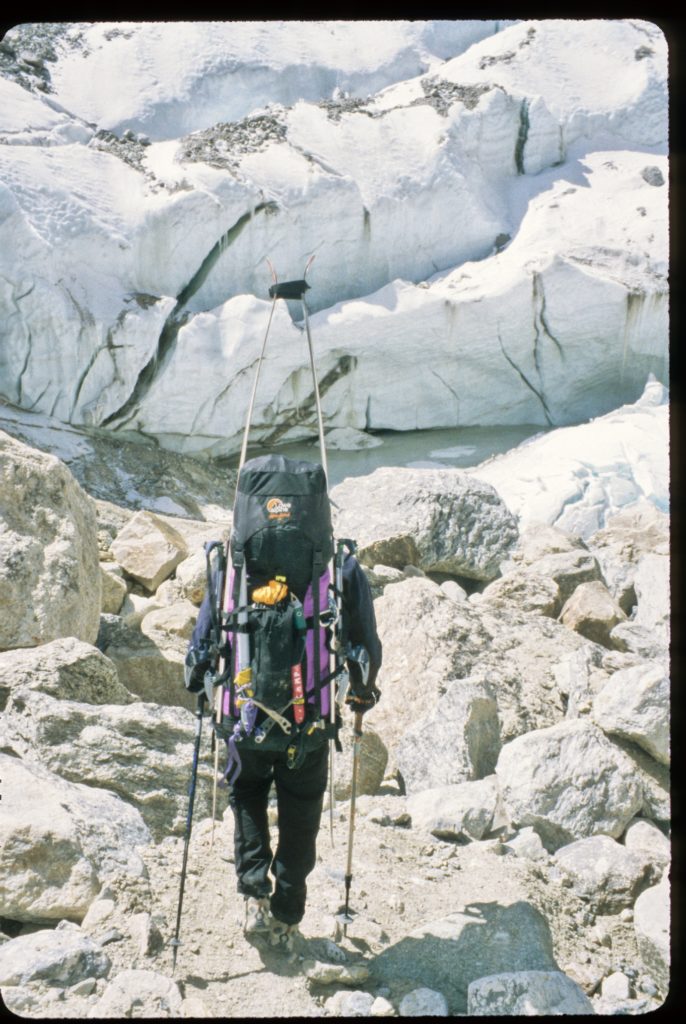



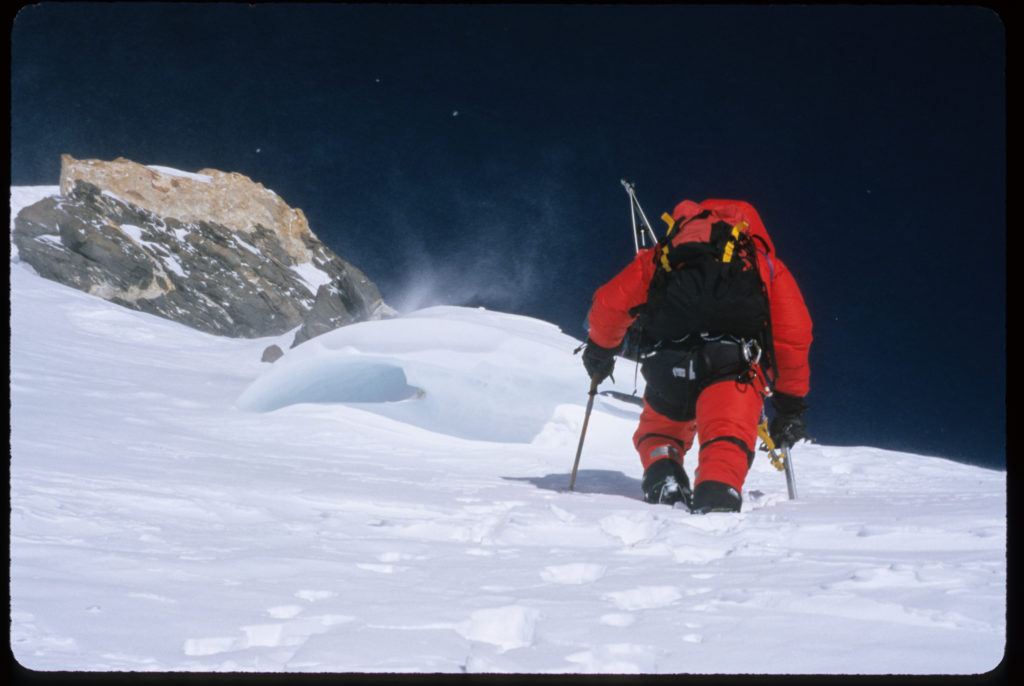

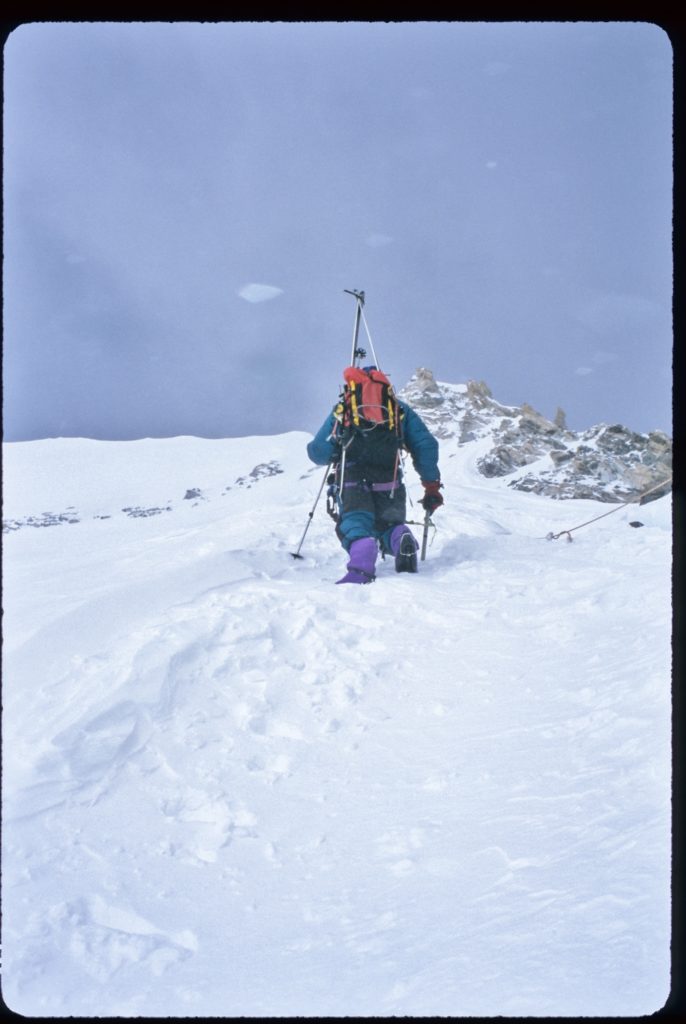
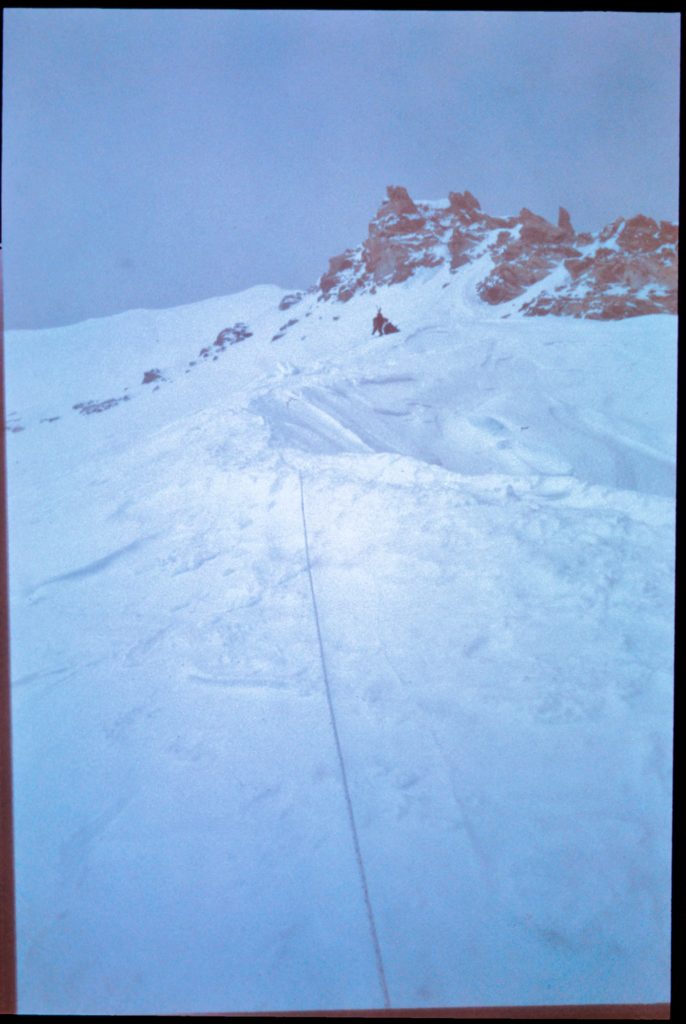

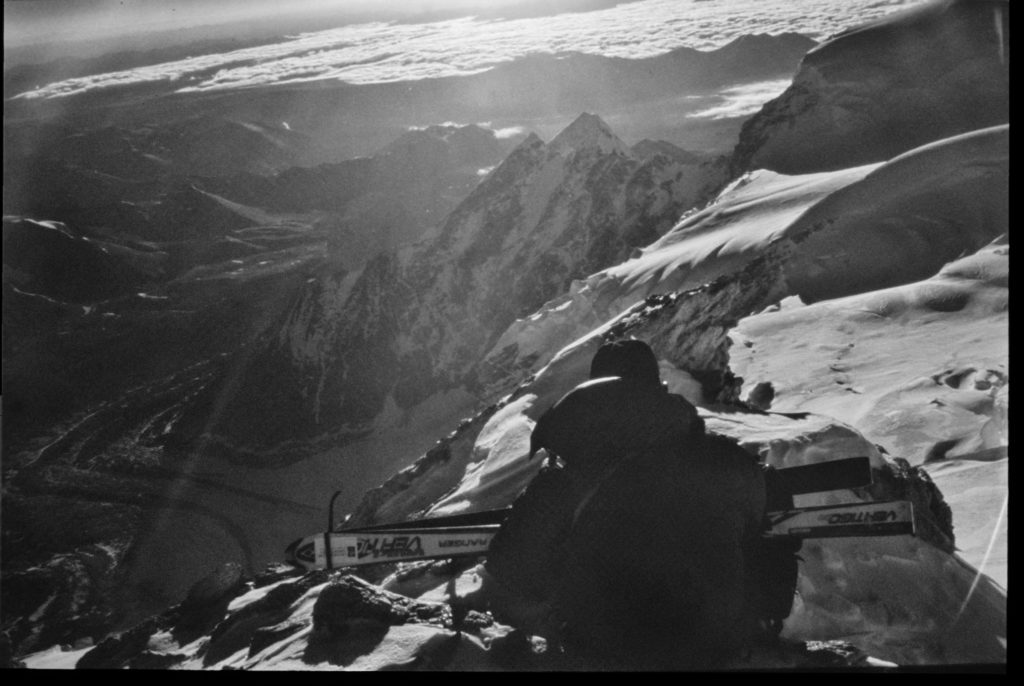
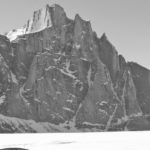

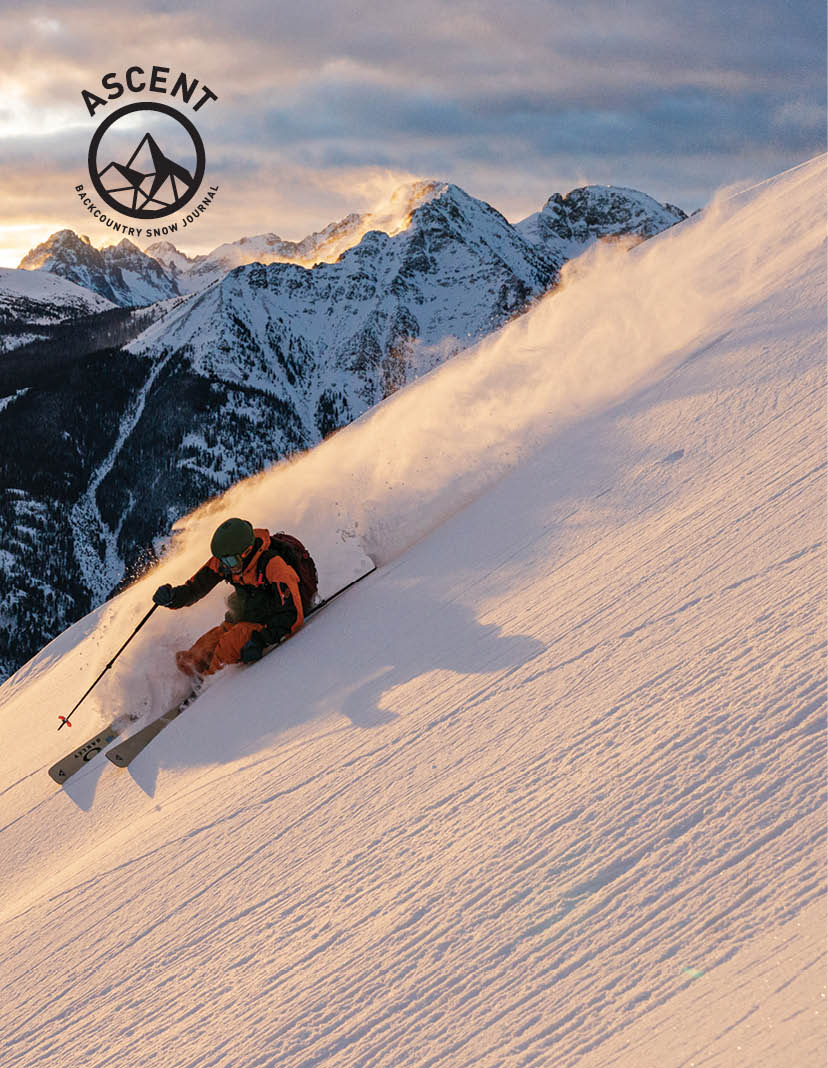





Mike,
Thanks for the story of your first 8k descent.Living in the Roaring Fork valley we sometimes get a little blasé about the amazing people we are surrounded by, and those many that continue to set the bar for world wide accomplishments. I hope your store is a huge success, and I always appreciate your writing.
Thanks Sandy! The valley really does have a unique history that is deep with adventurers and athletes that have pushed things out there a bit. Never saw myself in the mix to be honest. We are just a few guys that love what we do and over the years have ended up pulling off some things in the process of figuring out what we were capable of. It’s never been about goals outside of just taking it a bit further each time we go out. So its been a long slow but off the chart fun journey. Thanks!